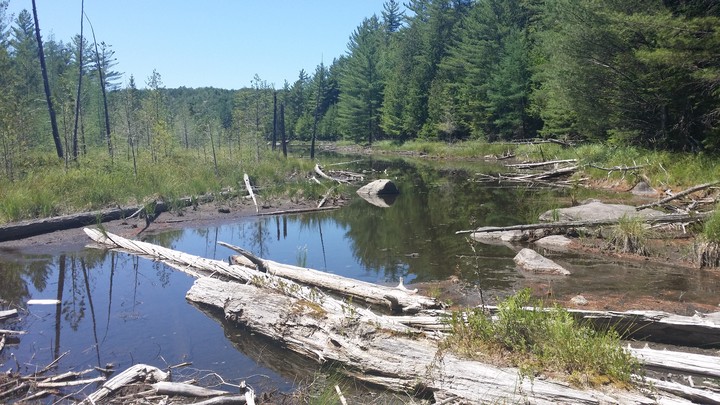Beaver Foraging Preferences and Impacts on Forest Structure and Composition

Abstract
Beavers (Castor canadensis) are ecosystem engineers, causing changes at the landscape scale due to a combination of their damming and foraging behaviors. While these behaviors – and the impacts they have on riparian communities – have been well studied in several forest regions, they are poorly understood within the forests of northeastern North America. Field surveys at 19 beaver locations throughout New York’s Adirondack State Park assessed beaver foraging preferences and the impacts of beaver activity on forest structure and composition. Forest canopy closure decreased with proximity to beaver impoundments, and forest structure and composition also varied along this gradient. Beavers preferentially harvested stems between 2 and 10 cm diameter, with the 2 to 5 cm size class most generally preferred. Deciduous species were also preferentially harvested, with typically disfavored species such as American beech (Fagus grandifolia) harvested at higher rates than in studies from other regions. Logistic regression models showed clear foraging preferences for stems closer to the impoundment of intermediate sizes for all modeled groupings and species. Understanding the impacts beavers will have on riparian forests in the Northeast is critical as beaver continue to recolonize their historic range, creating new management challenges and opportunities in years to come.